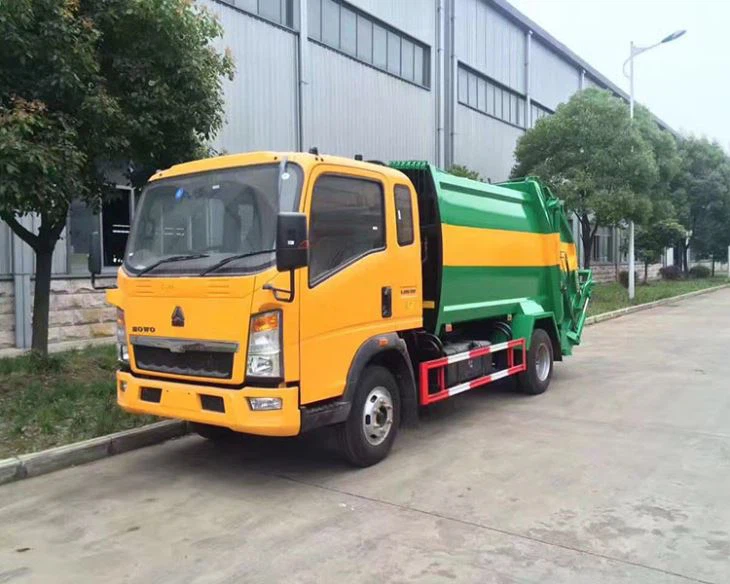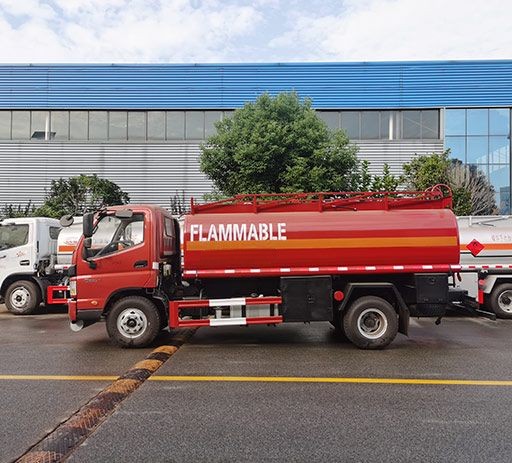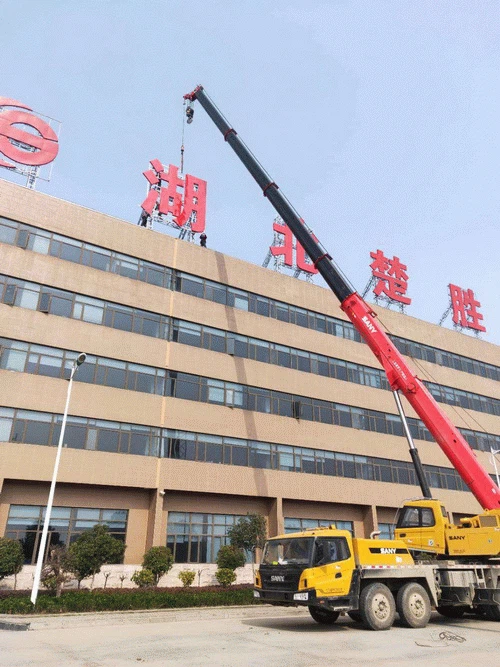Understanding Trash Signage: Importance, Types, and Best Practices

Introduction to Trash Signage
Trash signage plays a crucial role in maintaining cleanliness and order in our environments, from public parks to office buildings. Effective signage communicates clear messages about waste disposal, recycling, and composting, significantly impacting waste management practices. In this article, we will delve into the intricacies of trash signage, exploring its purpose, various types, design best practices, and how it can influence behavior in waste disposal. Additionally, we will provide practical examples and tips for implementing effective trash signage.
The Importance of Trash Signage
Effective trash signage is essential for several reasons:
- Encourages Proper Waste Disposal: Clear signage guides users on where to dispose of different types of waste, reducing littering and promoting responsible behavior.
- Promotes Recycling: Well-designed recycling signage educates the public about what materials can be recycled, improving recycling rates and minimizing contamination.
- Enhances Aesthetic Appeal: Organized and well-marked trash collection points contribute to a cleaner and more inviting environment.
- Improves Safety: Proper signage can prevent hazardous waste from entering regular trash systems, ensuring community safety.
- Supports Environmental Goals: By facilitating proper waste segregation, trash signage helps communities achieve sustainability targets.
Types of Trash Signage
Standard Waste Disposal Signage
Standard waste disposal signs indicate where general trash should be placed. These signs usually feature a simple icon along with the word “Trash” or “General Waste.”
Recycling Signage
Recycling signs are specifically designed to guide users on what materials are recyclable. Common icons include the recycling symbol along with text describing acceptable materials, such as:
- Paper
- Plastics
- Metals
Composting Signage
Composting signage helps in educating users about organic waste disposal. This type of signage often includes images of compostable items like fruit peels, coffee grounds, and yard waste. Useful text can further clarify what can and cannot be composted.
Prohibited Items Signage
To prevent incorrect disposal, prohibited items signage lists what should NOT go into specific bins, helping to educate users on proper waste disposal practices.
Directional Signage
Directional signage contains clear arrows and icons to guide users to the nearest waste disposal or recycling bin, enhancing the user experience in high-traffic areas.
Informational Signage
Informational signage provides educational content about waste, such as statistics on local recycling efforts, what happens to waste after disposal, and benefits of proper waste management.
Designing Effective Trash Signage
Key Design Principles

When designing trash signage, several principles must be considered to ensure effectiveness:
- Clarity: Use simple language and recognizable icons that convey the message at a glance.
- Visibility: Make sure signs are large enough and placed at eye-level for maximum visibility.
- Color Contrast: Use contrasting colors to enhance readability. Consider using green for recycling, brown for compost, and black for general waste.
- Durability: Choose weather-resistant materials for outdoor signage to withstand the elements.
Examples of Effective Signage
| Type of Signage | Design Elements |
|---|---|
| Recycling Bin | Bold green border, clear icons of recyclable materials, and short text outlining acceptable items |
| Compost Bin | Brown color scheme, images of compostable items, and a brief description of composting benefits |
| Landfill Sign | Black color, clear prohibition icons, and a description of items that should not be disposed of |
Placement Strategies for Trash Signage
High-Traffic Areas
Placement of signage in high-traffic areas, such as parks, public transit stations, and busy streets, is crucial. Signs should be easily visible as people approach, ensuring they can easily identify the correct disposal method.
Community Events
During community events, temporary trash signage should be deployed strategically to guide attendees to appropriate disposal options. This can include temporary banners and portable bins decorated with clear signage.
Educational Institutions
Schools are ideal environments for trash signage. Effective placement near cafeterias, classrooms, and playgrounds encourages students to develop positive waste disposal habits early on.
Behavioral Influence of Trash Signage
Utilizing Behavioral Science
Incorporating principles of behavioral science into trash signage can enhance its effectiveness. For example, using descriptive messages like “Help us recycle!” fosters a sense of community involvement and encourages proper waste disposal.
Social Norms and Signage
Research has shown that highlighting social norms—such as the number of people recycling or participating in clean-up drives—can significantly influence individuals to conform to these behaviors.
Case Studies on Effective Trash Signage
City of San Francisco
San Francisco has made significant strides in waste management through its comprehensive trash signage campaign. The city employs color-coded bins with clear labeling, making it easier for residents to understand what goes where. This initiative has led to higher recycling rates and reduced landfill contributions.
University of California, Berkeley
UC Berkeley adopted an innovative approach to trash signage by incorporating gamification elements. Students who correctly dispose of waste are rewarded through a points system, fostering friendly competition and increasing proper disposal rates.
Best Practices for Maintaining Trash Signage
Regular Maintenance
Regularly checking and maintaining trash signage ensures that they remain visible and legible. Weathering can fade colors and obscure text, making it essential to replace signs as needed.
Community Involvement
Engaging the community in maintaining trash signage can enhance ownership and responsibility. Organizing clean-up drives or signage workshops allows residents to contribute, making them more likely to follow waste disposal guidelines.
Innovative Technologies in Trash Signage
QR Codes and Smart Signage
Integrating QR codes into trash signage can provide users with instant access to detailed information about waste disposal and recycling practices. Smart signage equipped with sensors can collect data on waste levels, informing future signage placements and bin collections.
Mobile Applications

Mobile apps that include interactive maps of trash signage locations or provide reminders about recycling days can further boost community engagement in proper waste disposal.
FAQs about Trash Signage
What is the main purpose of trash signage?
The primary purpose of trash signage is to guide individuals on how to properly dispose of waste, promote recycling, and maintain cleanliness in various environments.
How can effective trash signage impact recycling rates?
Effective trash signage can clarify what materials can be recycled, reducing confusion and contamination, ultimately leading to increased recycling rates.
What materials should be used for outdoor trash signage?
Outdoor trash signage should be made from weather-resistant materials such as aluminum, plastics, or laminated vinyl to ensure durability in various weather conditions.
How often should trash signage be maintained or updated?
Trash signage should be checked regularly, ideally once every few months, to ensure visibility, readability, and relevance to current waste disposal practices.
Can trash signage influence community behavior?
Yes, properly designed and placed trash signage can significantly influence community behavior by creating awareness and encouraging responsible waste disposal practices.

Is it beneficial to involve the community in trash signage initiatives?
Yes, involving the community can promote a sense of ownership, increase awareness, and drive engagement with waste management efforts.
